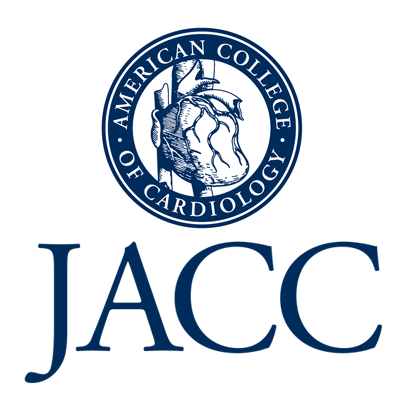
This article introduces the ACC’s first Concise Clinical Guidance (CCG) document on cardiogenic shock management, representing a new format designed to complement traditional guidelines. The CCG provides focused, actionable guidance with visual decision-making tools for a condition with rapidly evolving evidence base, emphasizing structured approaches to early recognition and interdisciplinary management.

- The guidance presents both one-hour and 24-hour roadmaps for CS management, covering initial evaluation, team activation, stabilization with serial assessment, and appropriate escalation of temporary mechanical circulatory support (tMCS).
- Early recognition using the “SUSPECT CS” mnemonic is emphasized, incorporating laboratory markers and clinical assessment for congestion and hypoperfusion signs.
- A standardized, interdisciplinary team-based approach is recommended, with smaller centers advised to identify a “shock champion” and partner with advanced heart failure centers.
- The guidance highlights the importance of invasive hemodynamics in determining CS phenotype, assessing severity, and guiding tMCS device selection.
- The document compares commonly used tMCS devices and covers pharmacological management alongside critical care considerations.

- Patient Communication: Structured approach facilitates clearer communication about CS severity, treatment options, and prognosis when discussing with patients and families.
- Practice Integration: Centers can use this guidance to develop standardized CS protocols and establish formal relationships with advanced heart failure centers.
- Resource Management: The partnership model between community centers and specialized facilities helps optimize resource utilization while improving patient outcomes.
- Action Items: Clinicians should identify local “shock champions,” implement the “SUSPECT CS” screening protocol, and establish clear criteria for tMCS consideration based on this guidance.
More in Critical Care
 PATIENT EDUCATION
PATIENT EDUCATION  OBESITY/WEIGHT MANAGEMENT
OBESITY/WEIGHT MANAGEMENT  EXERCISE/TRAINING
EXERCISE/TRAINING  LEGAL MATTERS
LEGAL MATTERS  GUIDELINES/RECOMMENDATIONS
GUIDELINES/RECOMMENDATIONS